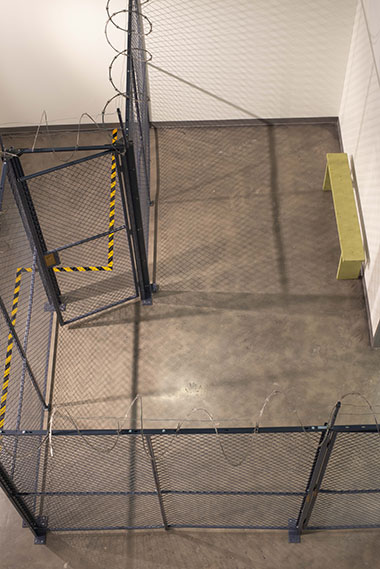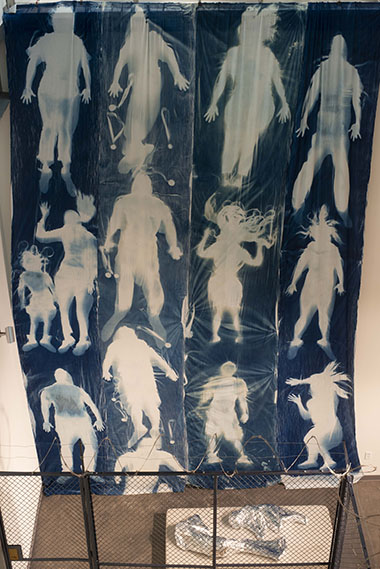Detention Nation
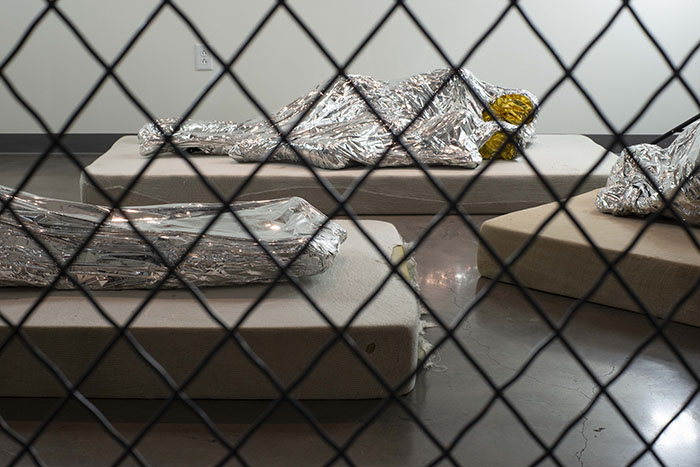
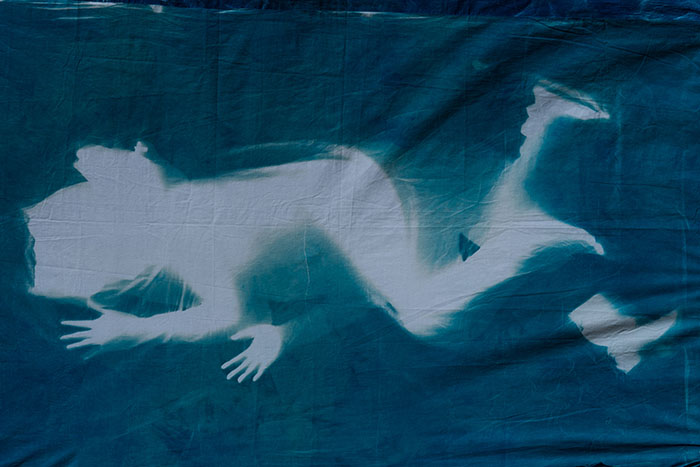

It was all planned out to install Detention Nation on the University of Houston campus at the Mashburn Gallery. The installation had traveled to four sites in four years. $30,000 was raised from five different sources to expand the install just in time for the 2020 elections. Perfect! Then the Coronavirus arrived or like mi familia calls it, La Cabrona. The 2020 elections went virtual and protest went live. Covid-19 changed Detention Nation from a venue exhibition to an online event and the production became a game of Whack-A-Mole.
Venues disappeared and then reappeared only to be gone again. Ideas flowered but were limited by the ability to execute them in the virtual world. As a member of the Sin Huellas Artist Collective, a loose band of artist/activists who organized Detention Nation, we were forced to meet and plan through conferencing platforms. We realized that the only way to exhibit Detention Nation in the Covid Era was to create an online virtual encounter. The dilemma was how to provide the same immersive experience that the physical installation projected. Online experiences for the most part cannot provide movement through a real-time space. Gone is the three-dimension experience that is activated by all the senses. Virtual gallery walk-throughs like the app used by Apexart.org or real estate sites seemed to work well but are not nearly robust enough for the Detention Nation content.
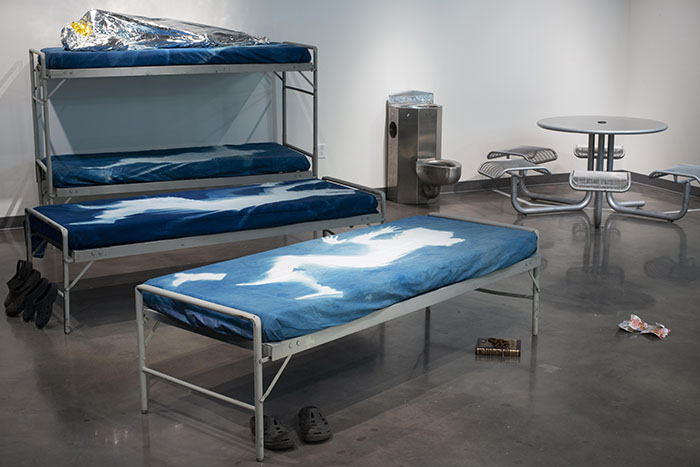
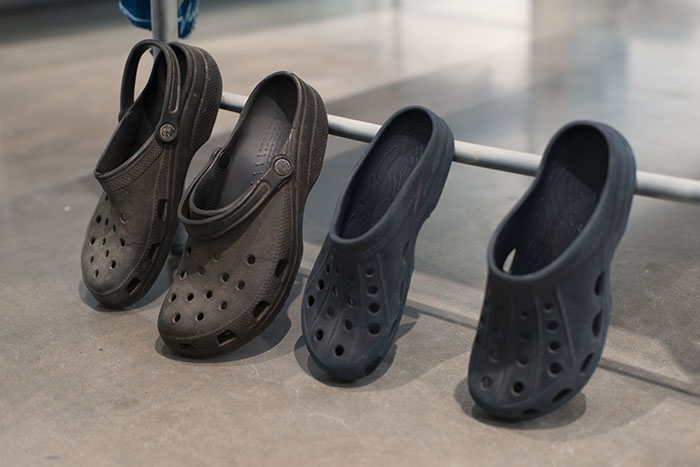
The site needed to be straightforward and direct, to inform about the realities concerning an immorally broken and corrupt immigration system. Ultimately the site brought together 16 artists and activists contributing to the production of DetentionNation.com—the result of an intense collaboration during a difficult time. This site features alter-narratives of immigrant incarceration, deportation, and resistance by re-centering the words and experiences of immigrant detainees in order to reconfigure the aesthetics of incarceration, surveillance, and control. Please take time to click through the rich in content a truly aesthetic experience.
I almost lost my mind organizing this effort along with helping to make Hostile Terrain happen on the UH campus. Did I mention teaching virtual classes while all the while coordinating UH's Photo Digital Program? My physical presence was limited to one room, no human face-to-face interactions—life functioned in hyperspace and my body was left in solitude. Eventually I was vaccinated, completed Detention Nation alongside Hostile Terrain, retired and moved back home to New Mexico. My mind is still trying to wrap around what truly happened in 2020 and beyond. I cannot help but wonder if we walked out of the garden and into a great void. Not certain if this is good or bad or if it just is.
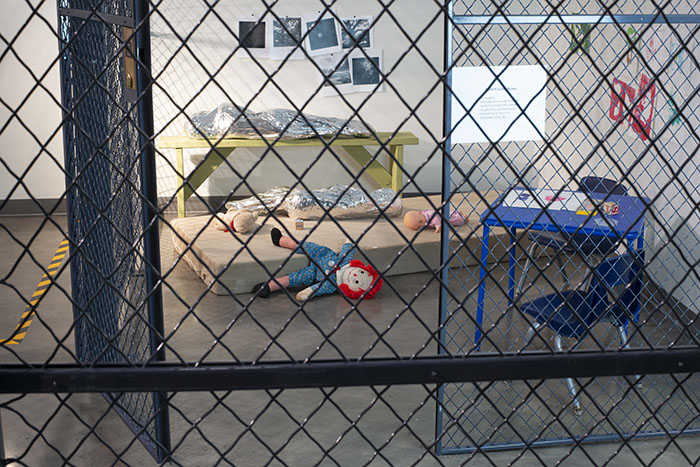
Delilah Montoya is a self-identified Chicana artist, working and living in the U.S. Southwest of New Mexico and Texas. As an activist artist, she poses herself questions about identity, power, land, borders, gender, community, family, that she then explores through her art practice. She is an investigator of histories and lives; her primary subject is the human condition through time and territory as expressed through the lens of being a mestiza, a Chicana, someone who claims a hybrid identity and place both in terms of lineage and culture. Delilah's work is in the Los Angeles County Museum of Art, Houston Museum of Fine Art, Mexican Museum (San Francisco), the Bronx Museum, and the Smithsonian Institute (Washington DC). She has exhibited throughout New Mexico, Texas, New York, California, France, Russia, Japan and Mexico. She is a professor emeritus from the University of Houston, College of the Arts.
